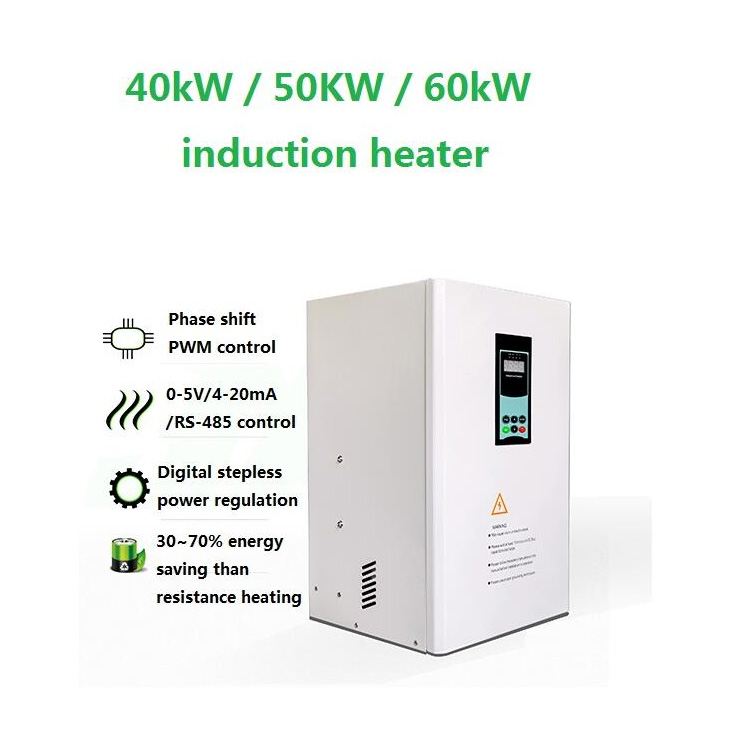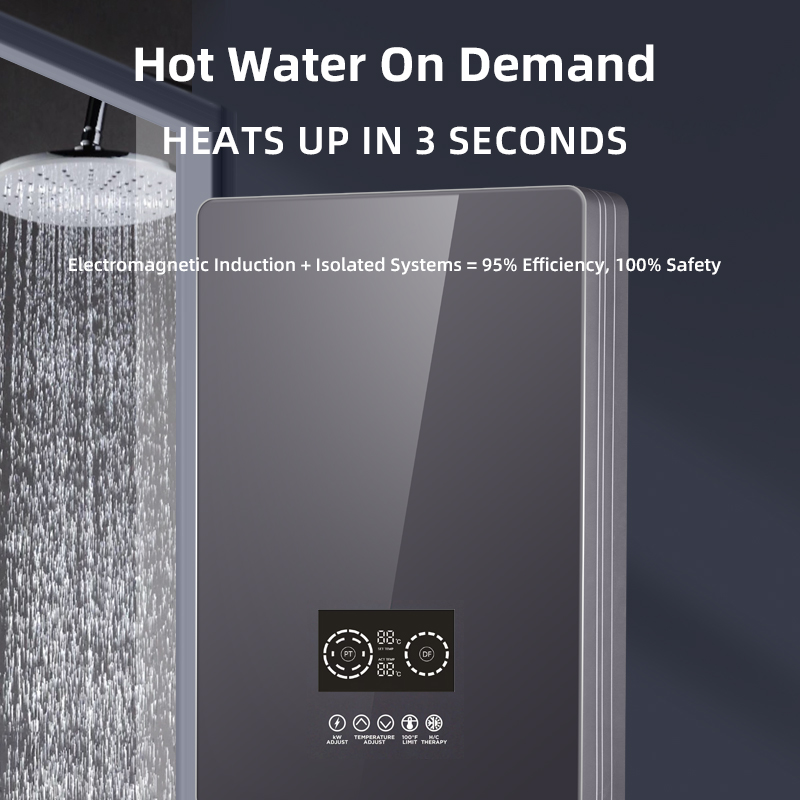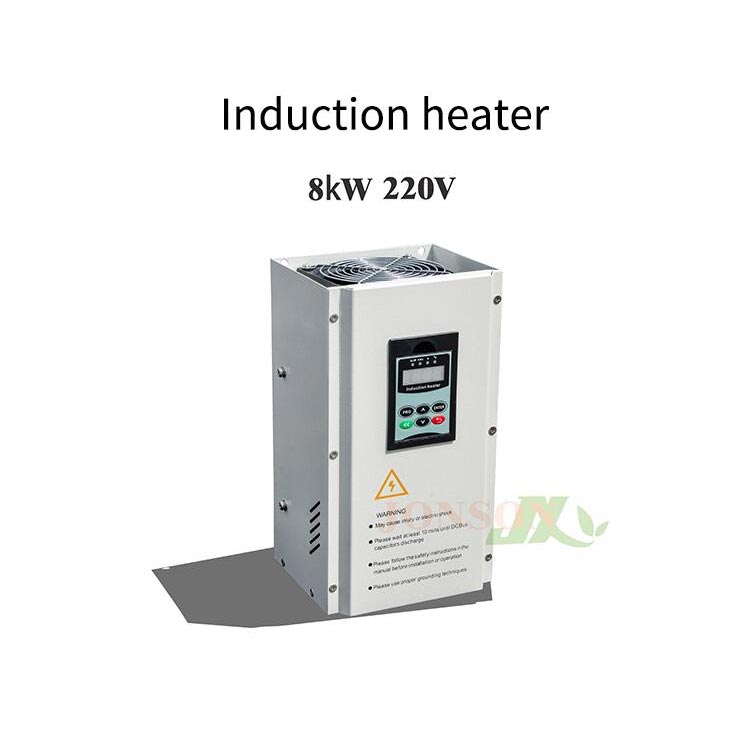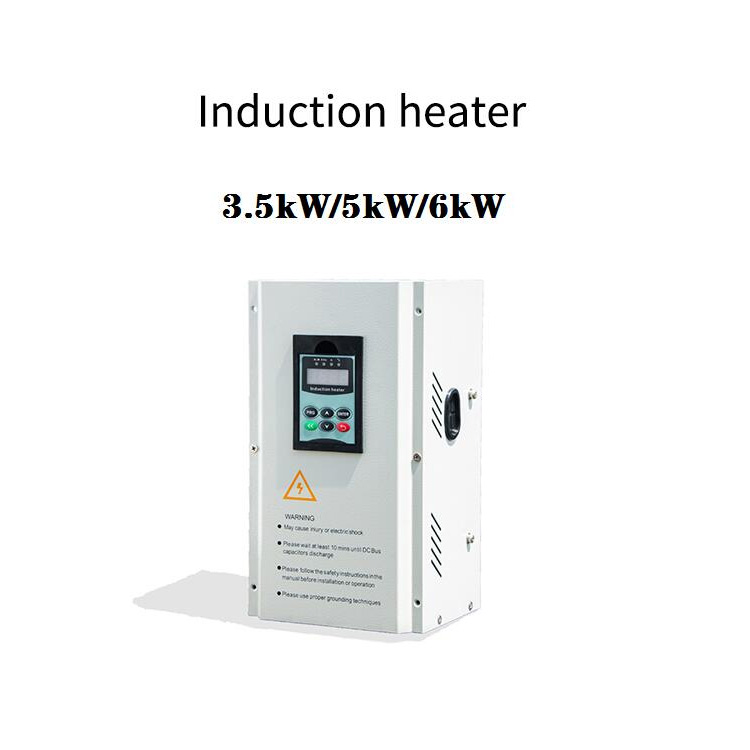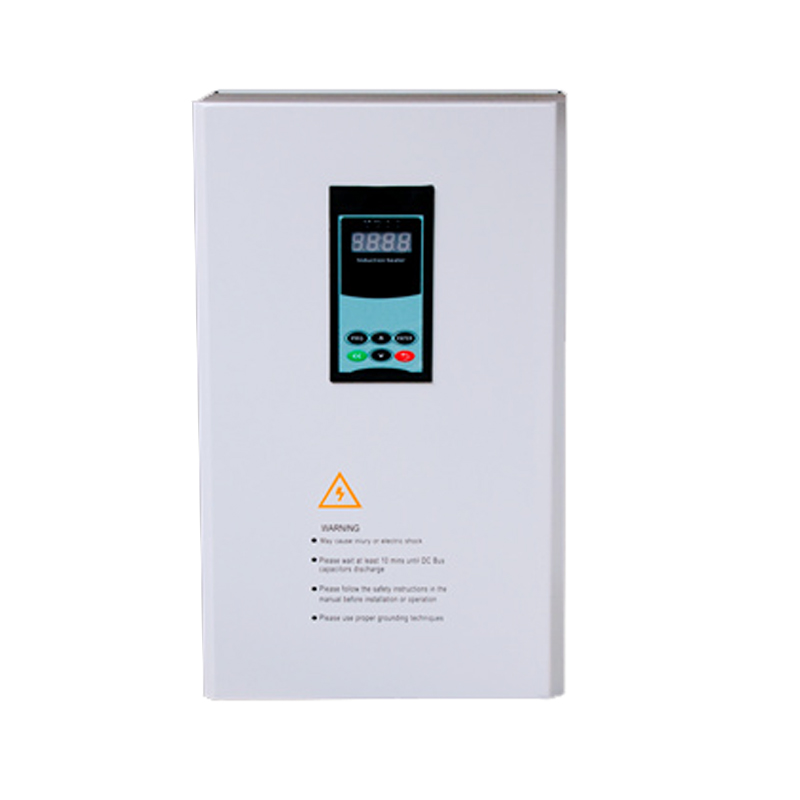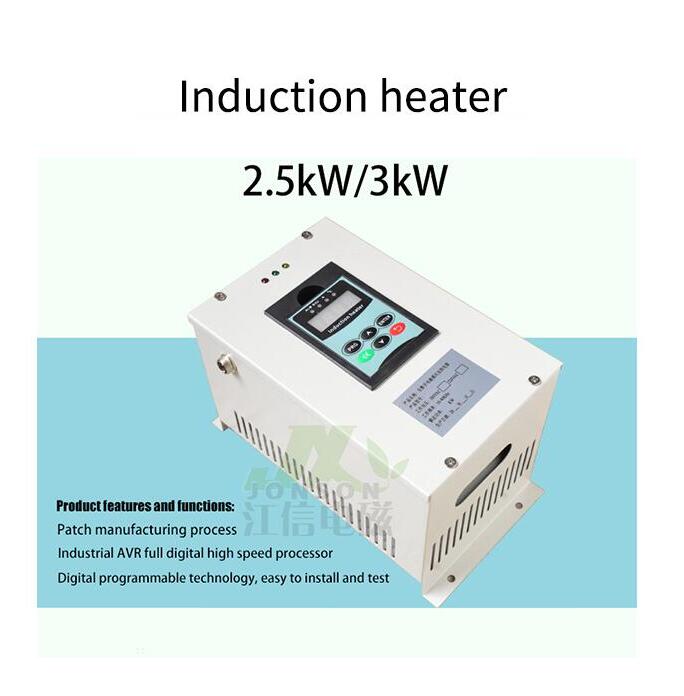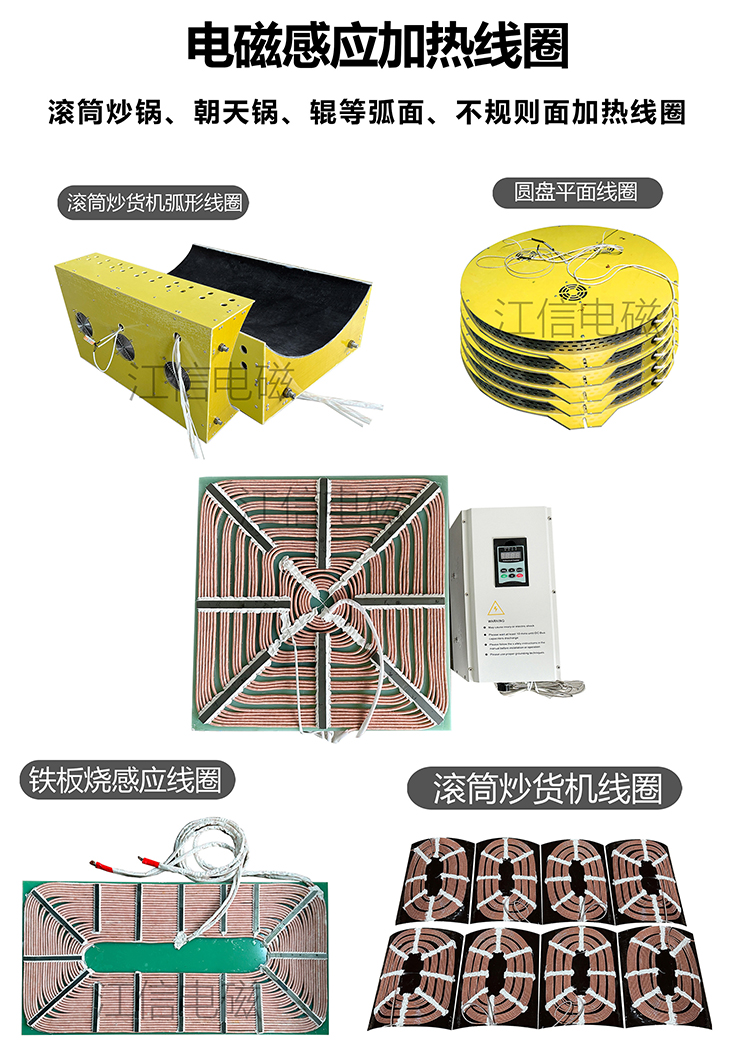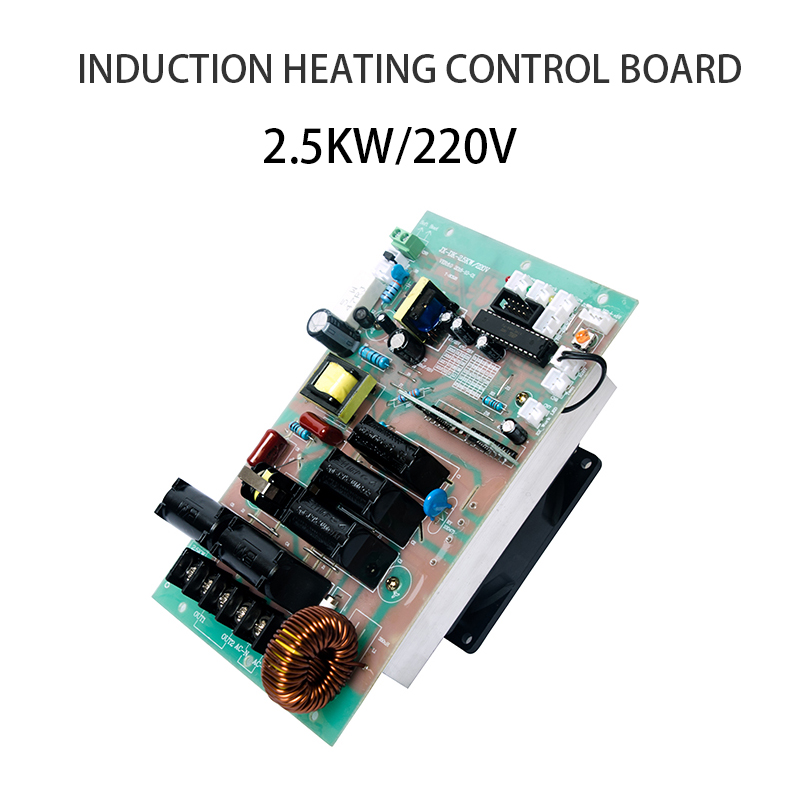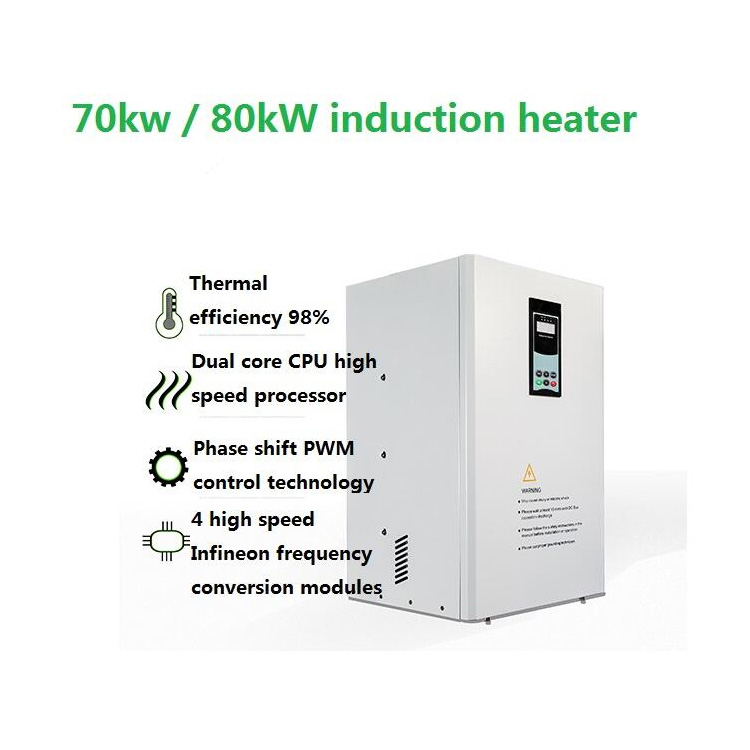In industrial heating, a traditional resistor wire heater has been the main current, but with the development of energy saving and environmental protection 17吃瓜, 、 induction heating hot air system heating has gradually become a new option for many companies. What's the difference between the two? What's so good about induction heating? This subject will take you to an understanding of the subject.
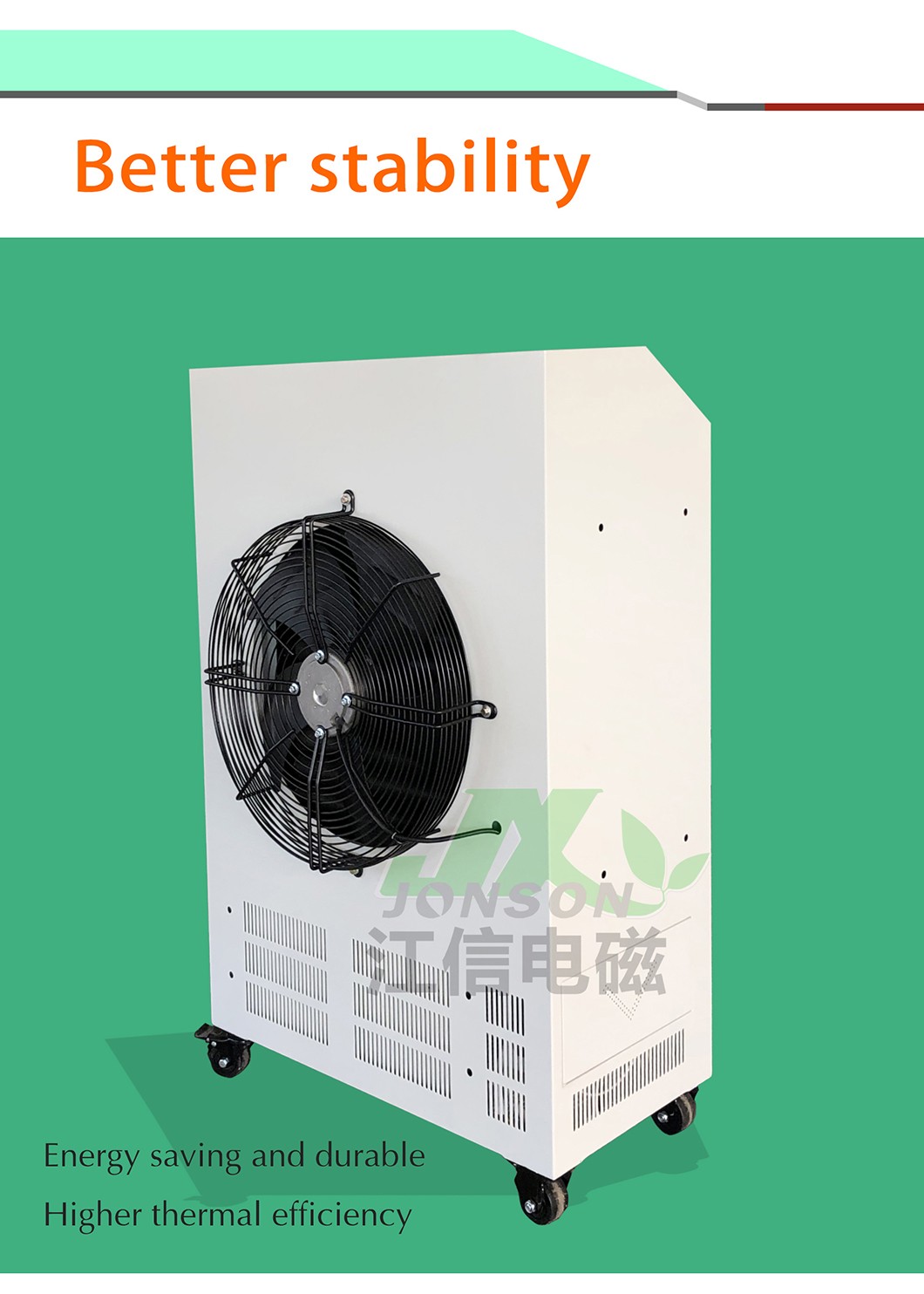
1.The heating principle is different
Conventional resistance heater
After a resistance wire (for example, nickel and chromium alloys) is electrified, utility models can generate heat automatically, then transfer heat to the air or heater, thus achieving heating.
Induction heating Hot air system
Through electromagnetic induction, the body heating metal heats itself, and then the surface heat of the body heating metal is converted to the high temperature of the hot air by a fan, thus achieving high-efficiency heating disconnection.
2.Difference in heating efficiency
Resistance heating efficiency: about 60%~70%
There is significant loss of heat during conduction and radiation processes.
Induction heating efficiency: greater than 90%
Direct metal body heating, thermal energy concentrated and efficient, rapid response.
3. Energy Consumption and Cost
Inductive heating is more energy-efficient and has lower operating costs.
Particularly in long-term, high-frequency usage scenarios, the effect of energy saving is noticeable, with energy consumption being 20-30% lower than resistance heating.
4.Safety and service life
Resistance wires age quickly and are prone to burning out, posing a risk of high temperature and overheating
Induction heating is a non open flame, non exposed heating element system withprecise temperature control, longer service life, and reduced maintenance frequency.
5.Temperature Control Capability and Temperature Uniformity
The induction system supports intelligent PID temperature control, with a small temperature difference and strong air outlet stability.
Resistance heating is affected by the length of the heating wire and the distribution structure, resulting in lower temperature control accuracy and prone to local overheating.
6.Differences in applicable scenarios
Induction heating hot air system and resistance heater exhibit significant differences in different application environments:
In the short term use low-scene power: if only occasionally used, and the demand for heating is not large, a conventional resistance heater still has some advantages due to its simple and low-cost structure.
Long, high-energy operating industrial environment: the induction heating system is more stable and durable, is not easy to damage, has high energy efficiency, and is suitable for a 24-hour continuous process.
High-precision temperature control process (e.g., drying, heat treatment) : The induction heating system has excellent temperature control capability; the small temperature difference, not easily feverish, is more suitable for high-end manufacturing.
Clean, dust-free or environmental safety requirements (such as food and medicine) : Induction heating uses any fire design, body heating is not exposed, dust is not contaminated, and is more in line with industry standards.
Summary
A hot air induction heating system, like a new generation industrial heating system, is better than a conventional resistor heater in aspects of efficiency, safety, energy saving, and precision temperature control.Induction heating hot air systems are particularly suitable for industrial applications that require high stability, high cleanliness, and high-frequency use, such as food, medicine, drying of new energy materials, surface heat treatment, and other fields.
If your production line is still using resistance heating equipment, it's time to consider upgrading to an induction hot air system. It not only makes your energy bill lighter, but also ensures more stable product quality.

